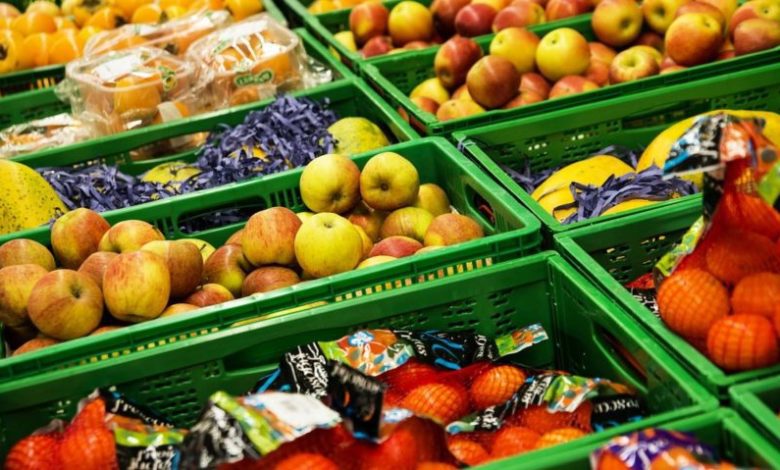Food inflation rises alongside labour costs
Fresh food inflation also increased to 1.8% year-on-year in April, against growth of 1.4% in March

Register to get 1 free article
Reveal the article below by registering for our email newsletter.
Want unlimited access? View Plans
Already have an account? Sign in
Food inflation increased to 0.1% in April, against a decline of -0.4% in March, as prices rose alongside increased labour costs, according to the latest figures from the British Retail Consortium (BRC).
It comes as non-food inflation increased to -1.4% year-on-year in April, against a decline of -1.9% in March. This is above the three-month average of -1.8%.Meanwhile, food inflation increased to 2.6% year on year in April, against growth of 2.4% in March.
Fresh food inflation also increased to 1.8% year-on-year in April, against growth of 1.4% in March and ambient food inflation was unchanged at 3.7% year-on-year in April, against growth of 3.7% in March.
These are both above the three month average of 1.5% and 3.4% respectively.
Helen Dickinson, chief executive of the BRC, said: “The days of shop price deflation look numbered as food inflation rose to its highest in 11 months, and non-food deflation eased significantly. Everyday essentials including bread, meat, and fish, all increased prices on the month. This comes in the same month retailers face a mountain of new employment costs in the form of higher employer National Insurance Contributions and increased NLW.
“Despite price competition heating up, retailers are unable to absorb the total impact of these £5bn of employment costs and the additional £2bn costs when the new packaging tax comes into effect in October. It is crucial that poor implementation of the upcoming Employment Rights Bill does not add further pressure to costs – pushing prices further up, and job numbers further down.”
Mike Watkins, head of Retailer and Business Insight, NielsenIQ, added: “Shoppers continue to benefit from lower shop price inflation than a year ago, but prices are slowly rising across supply chains, so retailers will be looking at ways to mitigate this as far as possible. And whilst we expect consumers to remain cautious on discretionary spend, the late Easter will have helped to stimulate sales.”







